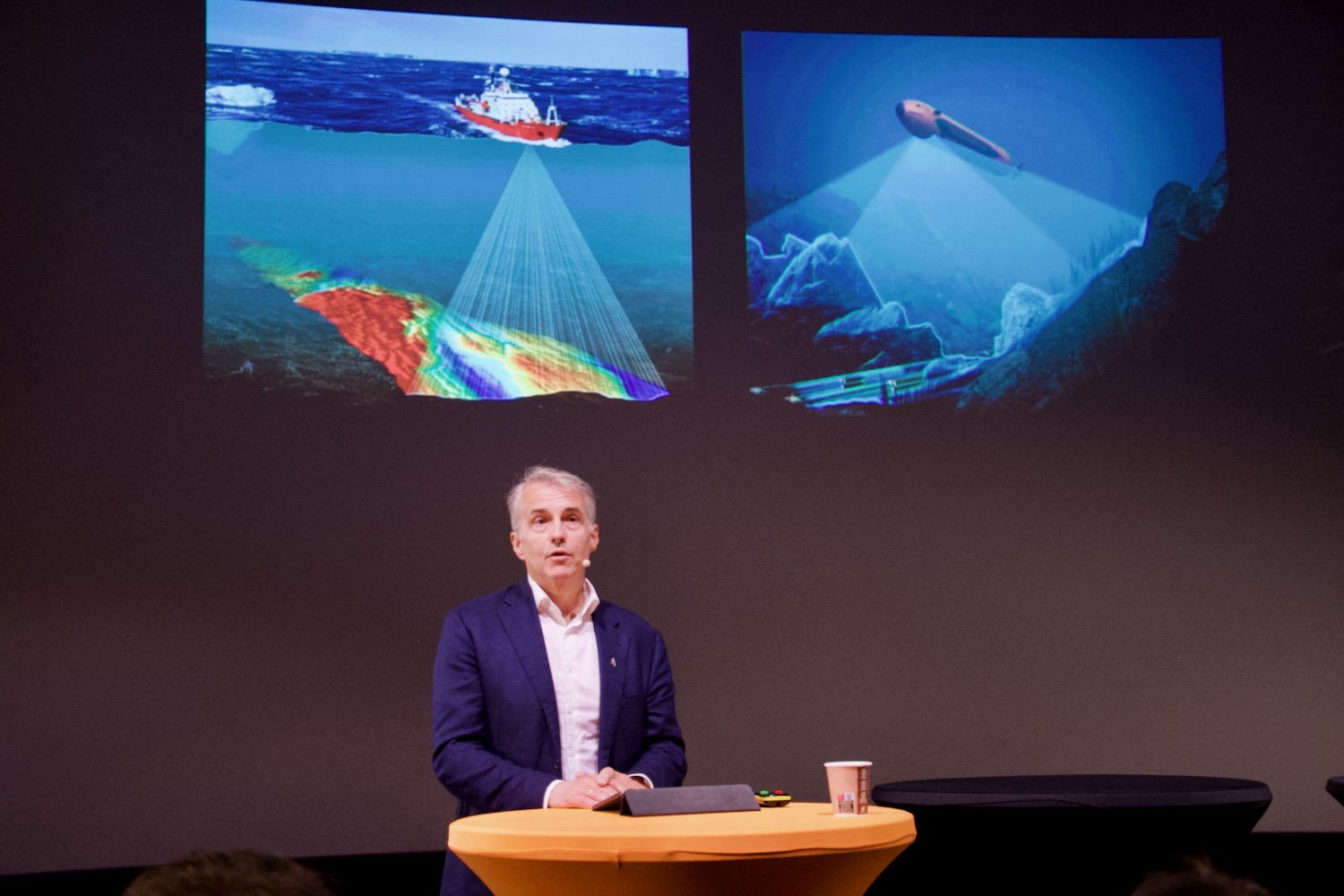Kjerkol was a keynote speaker at a marine minerals event during Arendalsuka. She defended the government’s position on marine minerals, as Norway is the first country in the world to open for commercial mining on its continental shelf.
“The world needs more minerals. We must take a greater responsibility to ensure that minerals are extracted in an environmentally friendly and regulated manner. Based on our competence and experience from ocean operations, our strong safety culture, and our environmental considerations, I believe Norway can be the country that shows the world how to best extract minerals from the seabed,” said Kjerkol.
On 9 January 2024, the Norwegian government decided to open parts of the Norwegian Continental Shelf for seabed mineral activities. Norway aims to be a global leader in a fact- and knowledge-based management of seabed mineral resources. Environmental considerations will be safeguarded throughout the value chain, and extraction will only be permitted if the industry can demonstrate sustainability and responsible practices.
MORE: See all pictures from the Marine Minerals seminar
Marine minerals could present a fantastic business opportunity for Norway. According to Rystad Energy, excavation of offshore minerals on the Norwegian Continental Shelf could create 21,000 jobs and a 20 billion dollars market in the next decades.
“This will happen only if excavation is profitable and can done with acceptable environmental consequences. We will of course not extract minerals from the seabed if it destroys life in the sea. That is not our track record with ocean resources,” said Kjerkol.

PROFITABLE FOR SURE
Walter Sognnes, CEO of Loke Marine Minerals, said seabed mining will be profitable.
“Based on our experience in the Pacific Ocean, the cost of lifting a ton from the seabed is approximately 100 dollars, whereas the value is around 700 dollars,” said Sognnes.
Jimmy Ankargren, Engineering Director at NOV, has worked with Loke in the Pacific and is keen on developing more competence and technology to take part in what could become a large industry.
“We need a couple of years before we are where we want to be, but I agree with Loke. Seabed mining will be profitable,” said Ankargren.

MAPPING THE SEABED
The Norwegian Offshore Directorate (Sokkeldirektoratet) has mapped deep sea minerals since 2018.
“Our knowledge base of the continental shelf spans more than 50 years. We have identified mineral resources at depths of 800 to 4,000 meters. The most promising areas for potential commercial exploration are west and north-west of Finnmark County, said Torgeir Stordal, Director at the Norwegian Offshore Directorate.
The Directorate is a fact-finding and fact-sharing governmental entity. Stordal has followed the heated debate and the opposition against marine excavations in Norway.
“We need a discussion based on facts. When some use colorful images of various species living on the seabed to declare their opposition to seabed mining, it is important to understand that those pictures are taken at 100-200 meters depth. Mining for minerals will potentially take place at greater depths where the landscape looks like a grey pile of gravel,” said Stordal.

GEOPOLITICAL CONCERNS
A main argument for exploring the seabed in search of minerals, is that the world is running out of some of the minerals needed to support the energy transition.
“There are simply not enough minerals on land, and the available minerals are predominantly in the hands of China,” said Eirik Melle, Senior Analyst at Danske Bank.
Today, China controls 60 per cent of the Earth’s rare minerals and 87 per cent of the processing of such minerals.
“This is a geopolitical concern,” said Melle.




